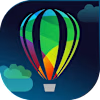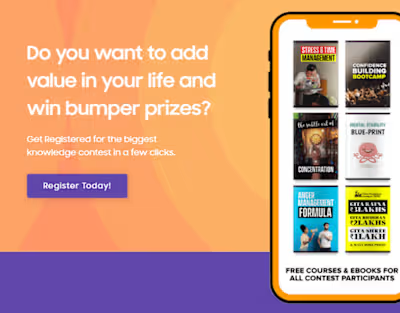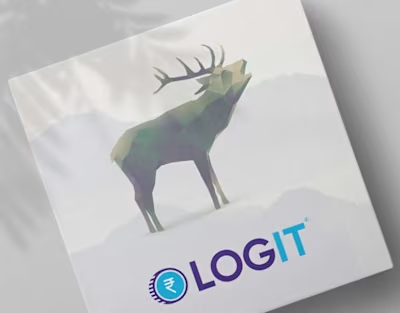What is a marketing funnel? | Presentation Design + Webinar

Full Funnel Framework – Visualizing the Psychology of Conversion
The Challenge
Most brands sell too soon.
They forget that people don’t convert on logic—they convert on emotion, rhythm, and timing.
This project was built to visually decode the customer journey—from curiosity to purchase to advocacy—and give founders and marketers a strategic blueprint they could actually use.
Not another funnel diagram.
A behavior-first system designed to:
Clarify user intent stages
Anchor messaging to mindset shifts
Visually communicate the "pull, nurture, convert" loop
Serve as a modular template for product launches, email journeys, and brand storytelling
What I Built
1. Funnel Architecture Design
Mapped out a 5-stage customer journey:
→ Awareness
→ Interest
→ Consideration
→ Action
→ Loyalty
Aligned each stage with psychological triggers, emotional states, and required assets.
Used clear iconography + system thinking to keep things explainable to teams and clients.
2. Color-Coded Visual System
Each stage had a distinct color to train cognitive recall.
Used warm-to-cool color transitions to mimic the emotional temperature of the user journey.
Created self-contained funnel blocks that could be rearranged for custom product/offer journeys.
3. Application Use Cases
Email marketing: mapped tone, CTA, and format by user stage
Webinar sales flows: used to time scarcity and social proof correctly
Landing pages: aligned content structure based on page purpose (cold, warm, or hot lead)
Agency sales: used this visual to help clients understand "where their leak was"
Why This Funnel Design Still Works
✅ It turns abstract user psychology into a concrete sales journey
✅ It’s modular enough to use across any product, niche, or funnel type
✅ It empowers content creators, marketers, and founders to think like behavioral designers
This wasn’t just a pretty diagram.
It was a sales intelligence tool—disguised as a visual framework.
Key Takeaways
Clarity outperforms complexity. A simple visual often converts better than a 20-slide deck.
Funnels aren’t templates—they’re empathy engines.
Most brands don’t need more ads. They need better sequencing.
This project helped early-stage founders connect the dots between content and conversion—and paved the way for the narrative funnel work I now embed inside BrandingBum ecosystems.
Who This Is For
If you’re a:
Creator building a course, challenge, or product stack
Brand struggling with “lots of content, low conversion”
Educator trying to sell through storytelling → You don’t need a new tactic. You need a funnel system that speaks to how humans decide.
Like this project
Posted Mar 28, 2025
Scope: Funnel Mapping • User Psychology • Visual System Design Role: Funnel Strategist • Visual Thinker • Customer Journey Architect
Likes
0
Views
2
Timeline
Apr 10, 2019 - Ongoing








